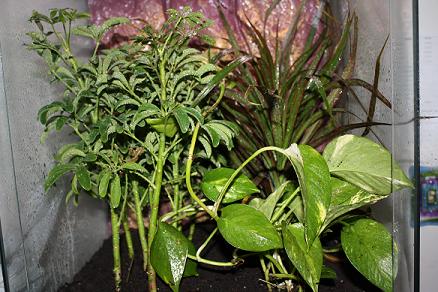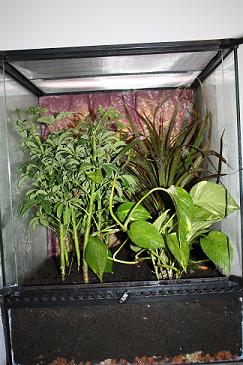Chase
Chameleon Enthusiast
Hello all!
I have constructed an enclosure, that I will be putting baby T. jacksonii xantho in when they arrive, and want it to be in the best shape it can be in. Inside it (Exo-Terra 18X18X24 Glass Terrarium) are two Schefflera, one Dracena, and a Pothos. Under it is a layer of Hydroton and Charcoal. I set it up as Chris Anderson did and explained in his threads about these. Hope ya'll think it is good!
LPR08
I have constructed an enclosure, that I will be putting baby T. jacksonii xantho in when they arrive, and want it to be in the best shape it can be in. Inside it (Exo-Terra 18X18X24 Glass Terrarium) are two Schefflera, one Dracena, and a Pothos. Under it is a layer of Hydroton and Charcoal. I set it up as Chris Anderson did and explained in his threads about these. Hope ya'll think it is good!
LPR08






